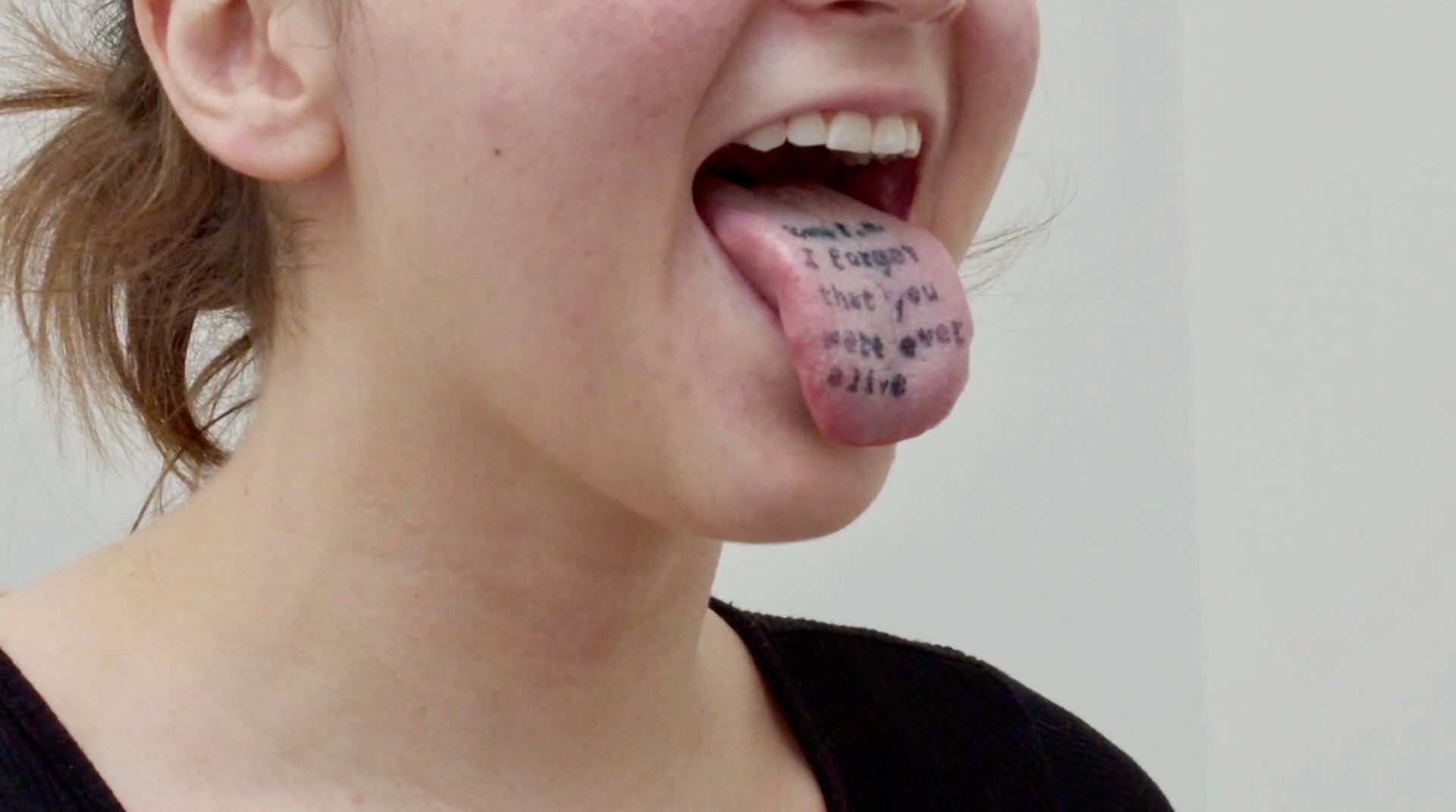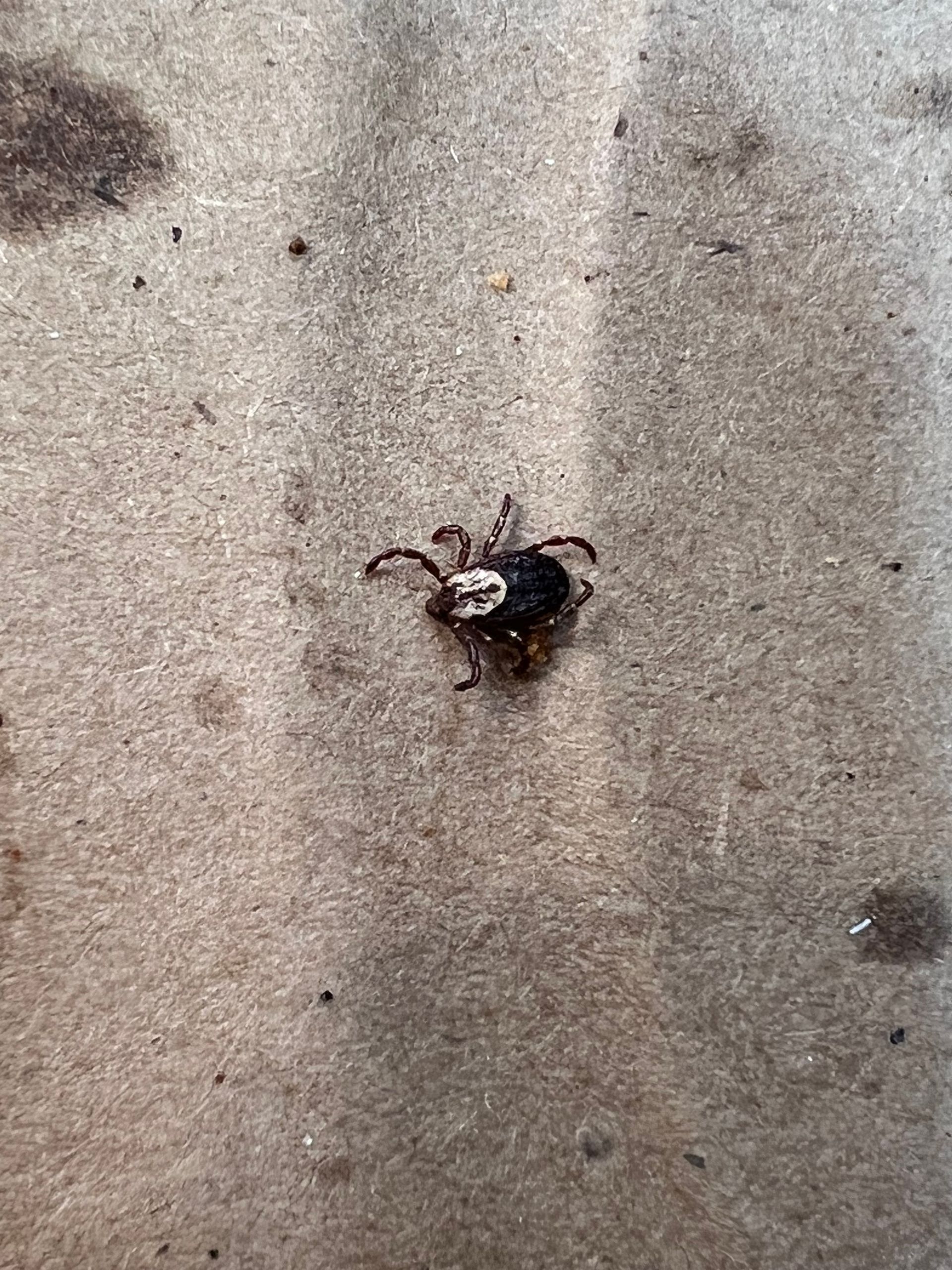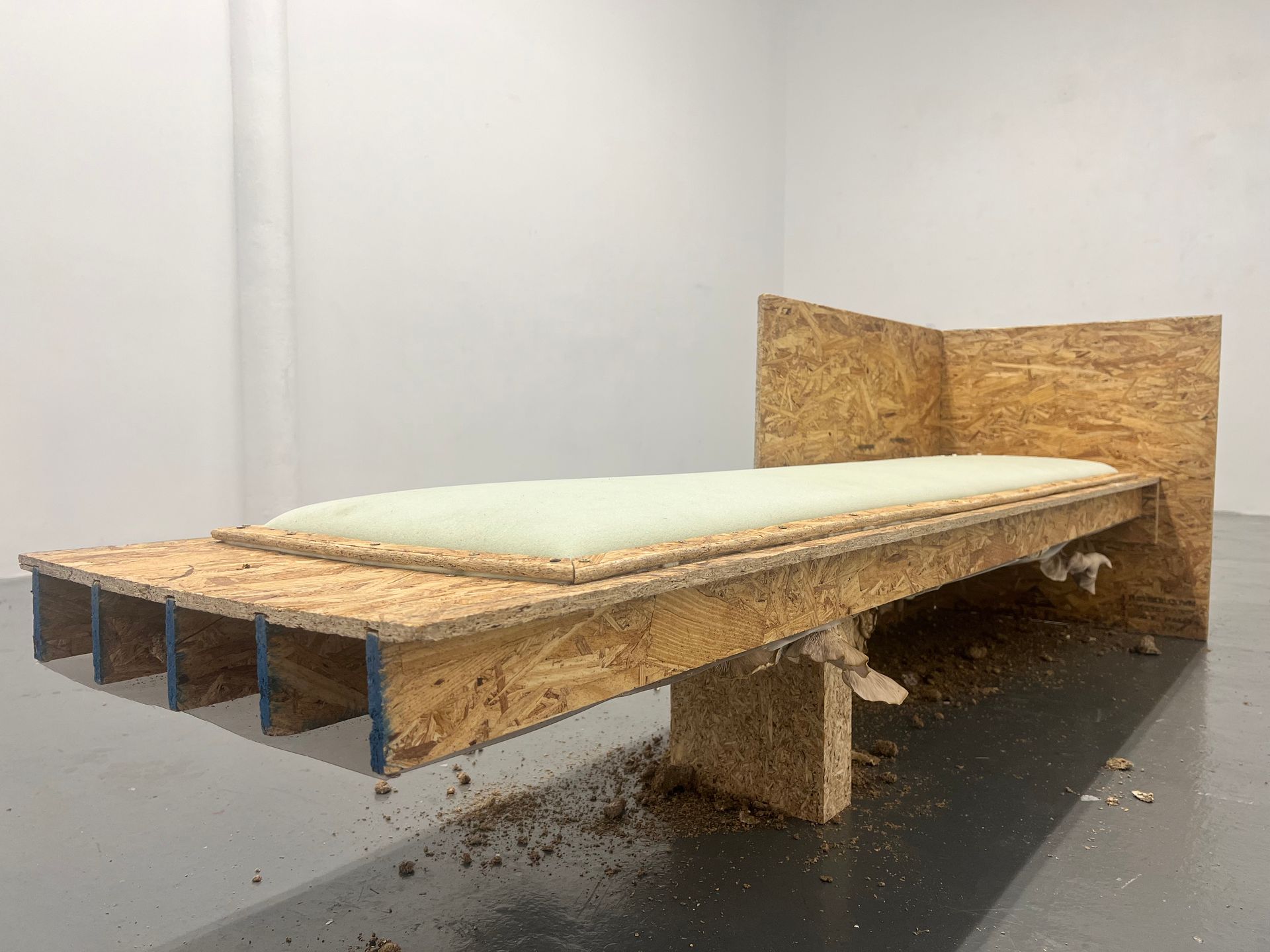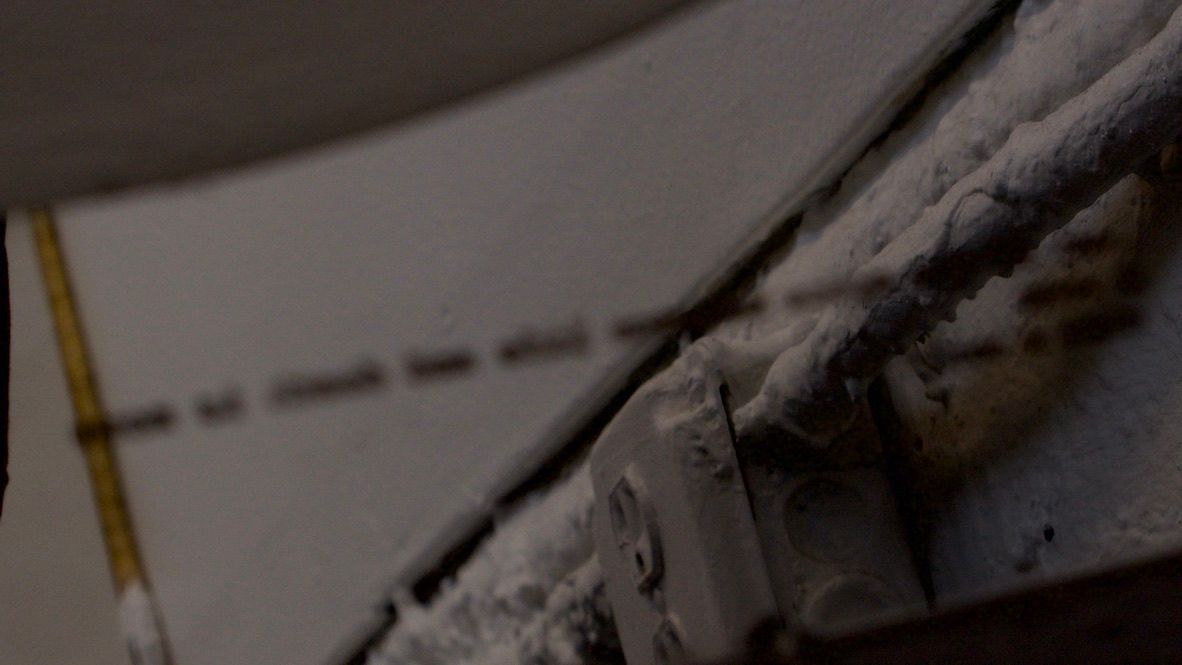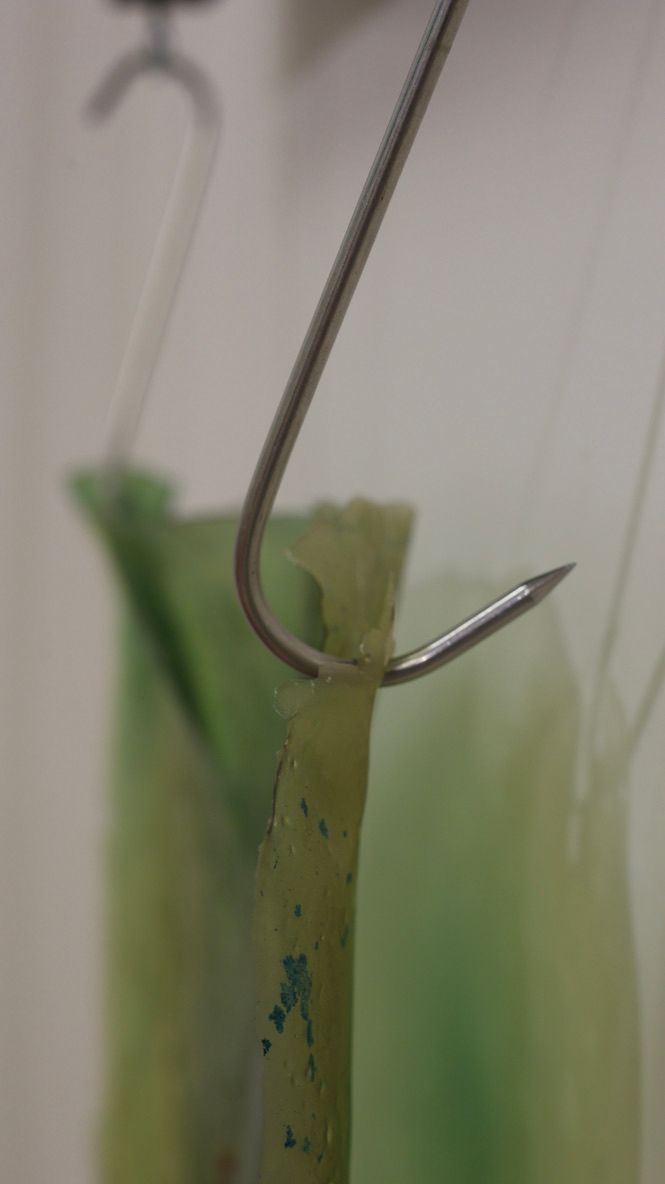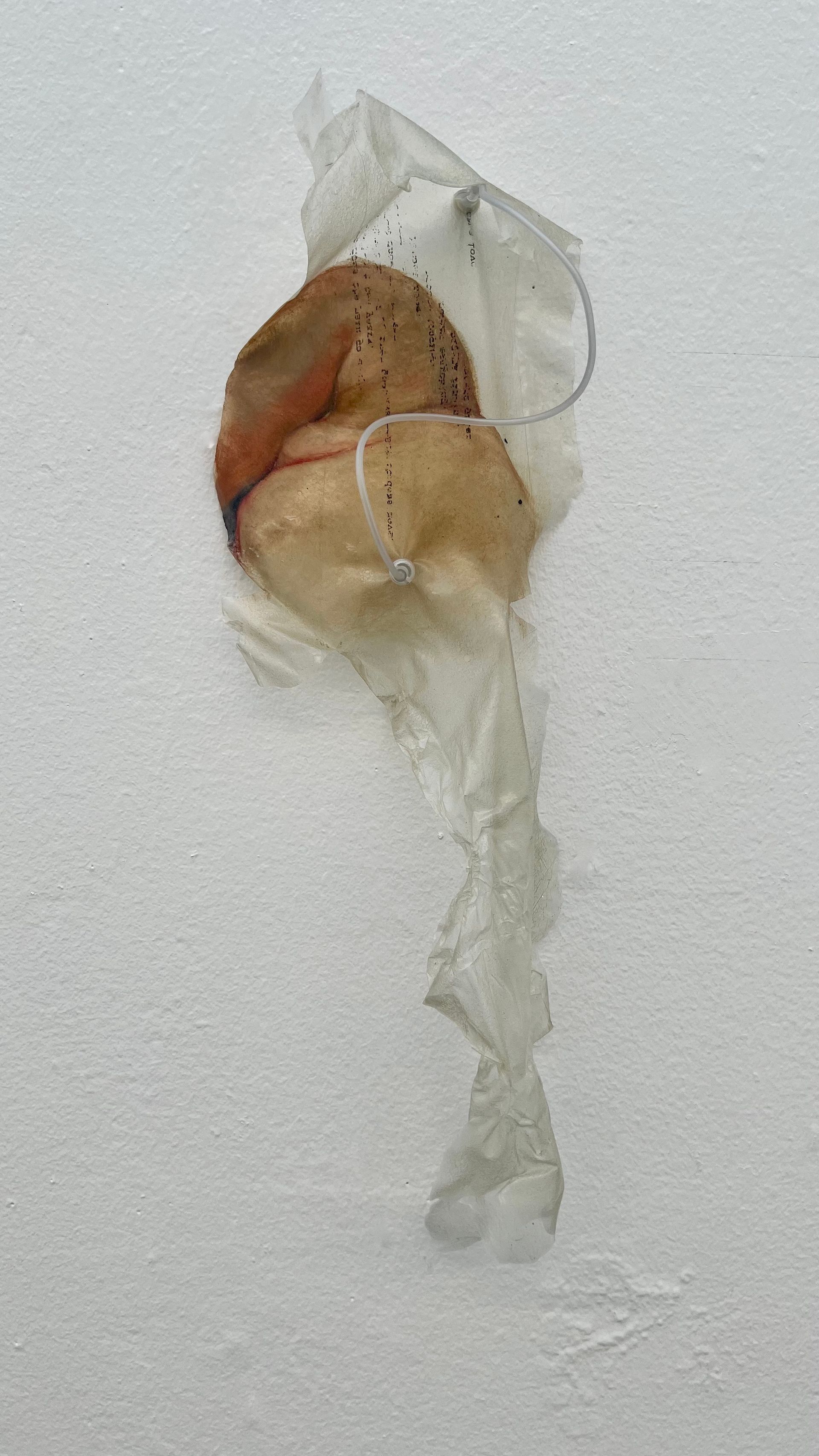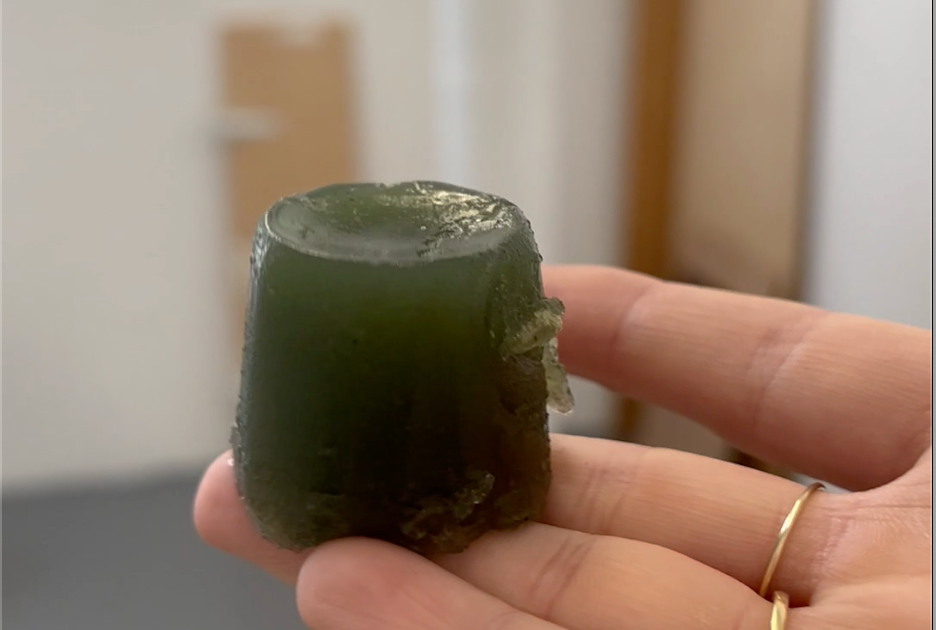Canning
Mckenna Goade • January 15, 2025
Tongue Tattoos
Canning.
When I was little, at the doctor’s office with the Dr. Seuss drawings on the walls, Dr. Shore, with his glasses perched on the bridge of his nose, advised my parents to give us a spoonful of juice from canned peaches whenever we were throwing up and couldn’t keep anything down. So, when the B.R.A.T. (banana, rice, applesauce, toast) diet didn’t work, my parents would give us spoonfuls of that juice. To me, eating canned peaches still carries the aftertaste of bile.
Canning is a process of temporary preservation. It doesn't serve as a means to archive, since its purpose is to end up in the mouths of others (and eventually their waste)—it’s not intended to remain on the shelf forever. These temporary preservations act as a temporary container for grief. The process of preservation itself highlights the loss of summer. The distance between us and this loss is (artificially) bridged in the act of canning. To eat canned food is to consume the echoes of the season.
When my father was ill and nearing the end, he ate a lot of canned peaches. I thought it was because he liked them, but like me when I was little, he couldn’t keep anything down and resorted to the temporary preservation of canning to temporarily preserve his life.
When a human consumes canned peaches, the echoes of flavor remain, but nutrients are diminished (they are only pretending to be whole).
When a human consumes canned peaches, they are tasting a memory.
When a human consumes canned peaches, they are digesting loss.
When a human consumes canned peaches, they are translating a vessel into a perceived void.
When a human consumes canned peaches, do they enter the void? Do they near the end?
